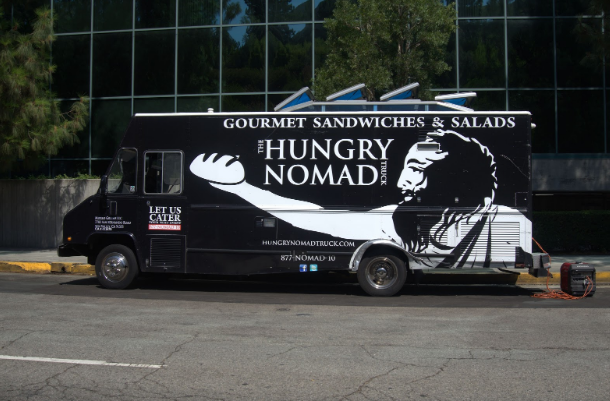Food Truck Catering In Los Angeles
Which of the two tend to be more environmentally friendly, or will there be simply no definitive answer? At this time, there are lots of individuals that could quickly assume that food trucks are the worse of the two evils, given the national focus how environmentally sustainable practices tie to modes of transportation.
However, sustainability is a thing that is needed every time a light is switched on, plastic is thrown into the garbage, dishes are washed, etc. Green (or harmful) practices don't start and stop with the important thing in the ignition, but they instead take place during and after all operating hours of a company - in a food trailer or in a normal brick-and-mortar restaurant.
Let's look at the factors that can come into play of these businesses'operations.
The location. As you know, Food Truck Catering In Los Angeles are mobile. They move from place to position, and thus leave a smaller footprint on where they've been. There's little infrastructure, apart from the commercial kitchen, that really needs to be maintained. And then you can find restaurants. Restaurants have multiple large areas that really must be illuminated, temperature-regulated and cleaned regularly. These physical entities exist constantly, not just during operating hours.
Energy Use. As previously mentioned above, a normal restaurant's physical location creates the requirement for electricity and natural gas to steadfastly keep up comfortable temperatures, and to provide light for dining customers. In the kitchens, cooking is generally finished with natural gas, and griddles and stoves are kept hot during the operating hours. According to the 2003 Commercial Building Energy Consumption Survey, most restaurants use 38.4kWh of electricity per square foot each year, which will be approximately 77,000 kWh each year for a 2,000 ft2 restaurant.

Food trucks also require a temperature source for cooking, so that they typically use propane. Throughout a year, a typical food trailer use about 900 gallons of propane annually, as well as fuel requirements for driving around. Although this fuel is generally gasoline or diesel, catering trucks can also use vegetable oil or biodiesel. Furthermore, an onboard generator meets electricity needs. While generators are normally more polluting than grid-supplied electricity, food trailers demand less electricity and rely more on natural light.
Vehicle miles. Although restaurants can't rack up miles visiting customers, their customers are usually traveling to get at these traditional eateries. In effect, a quick trip by way of a food truck can often offset numerous small trips by customers that could have otherwise driven to a restaurant.
Waste. For the waste component in the foodstuff industry, it's a tie between food trucks and restaurants. Although some catering trucks are considered eco-friendly by utilizing corn-based plastic, bagasse, or recycled paper takeout containers, they're still creating wastes. In contrast, restaurants can use reusable plates, utensils and cups; however, take-out and fast food restaurants often rely heavily on take-out containers that are made of plastic and Styrofoam.
Could be the winner clear yet? From this qualitative analysis, it's obvious that mobile food stand usually produce less harmful environmental impacts. Obviously, it's fairly easy that some restaurants could be more sustainable than other food trailers.